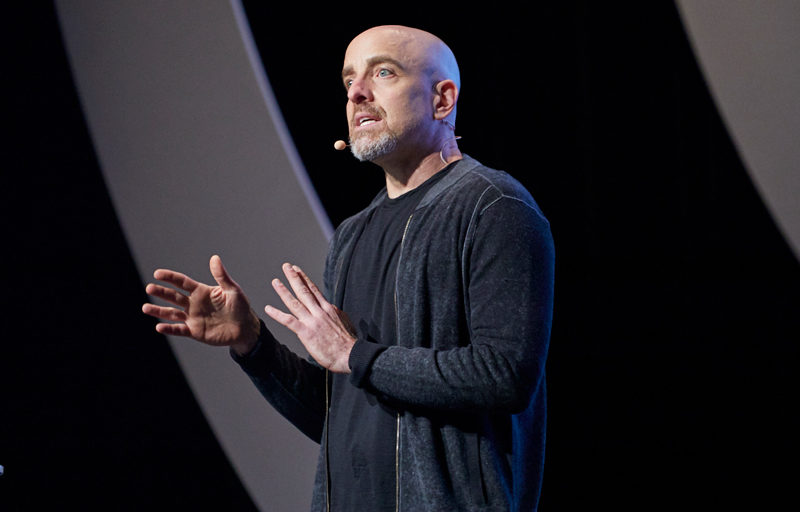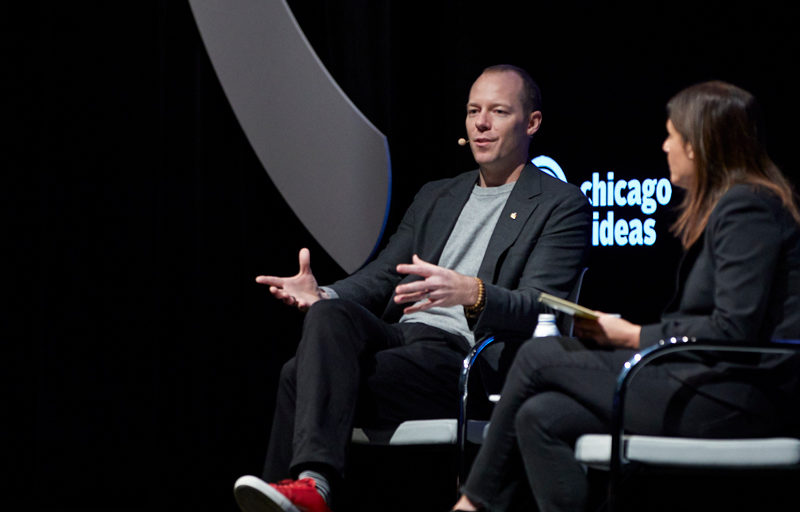
ENT 101: How To Scale Your Business for Success
Let’s paint a quick portrait of an entrepreneur at a crossroads:
They’ve got their business off the ground; the basic infrastructure is in place. You’ve pitched the concept and received the necessary buy-in. The idea has been tested. Early indicators make it clear that there is some interest, and all-in-all things feel like they’re resting on a good foundation.
Now what?
Now, it’s time to scale. Growing a business is the obvious next step, but how to do that successfully is anyone’s guess. How do you curate a stable customer base? How do you meet growing demand without exceeding budgetary constraints? How do you ensure that your efforts don’t go wasted on a part of your business that you won’t need in the future?
David Kalt, the CEO of Reverb, has loads of experience in this arena. He’s started multiple businesses that eventually sold for nine figures (or more). Reverb, his most recent endeavor, was purchased by Etsy in July for $275 million. He’s an expert in growing a business from an idea into an efficient enterprise, having learned the hard way how to grow a business sustainably.
During Chicago Ideas Week 2019, he shared his insights with audiences as part of our ENT 101 series, presented by Capital One. Here are some of the most important components of that conversation and how you can integrate them into your own work.
Grow Your Market
“I’m a big believer in growing a market,” Kalt said during his Chicago Ideas Week session. “If there is a buyer or a seller (i.e., liquidity)—BAM. You’ve got a market.”
This is the part of scaling that will put your idea through its paces more than any other. Your market isn’t going to announce itself to you. You’ve got to find them, then find out how to talk to them. One aspect of growing your business is growing the relevancy of your product.
Kalt used his own Reverb—an online “store” where high-quality music equipment is exchanged—as an example. Reverb as an alternative to eBay. By understanding how eBay was insufficient, they identified their niche. But it didn’t stop there. In order to grow their customer base, Kalt and his team actually used the product they were selling so that they could pin-point the places where it could work better (and differently) than eBay, thereby creating a broader customer base in the process. But most importantly, making their product work so well created customers who talked to other potential customers about their experience. In this way, good customers became indispensable marketers.
You Live and Die by Your Team
Fact: your first five employees will determine the quality of the next 20.
You need exceptional people from the start. This isn’t about just hiring people who are immensely qualified. They need to have the skills, sure. But even more important is that they are people who are willing to climb a mountain alongside you.
The fact is, the people who you hire once you make it big are probably not the people who would have joined you in the crucial beginning stages. There are too many risks involved at the start. You need to focus on hiring the kind of employees who see the potential—not the guaranteed payoff—and who will go all in regardless.
Expend energy on building a team you can rely on. There’s no way around it.
Bootstrap Your Fundraising
“Money is precious,” Kalt said at one point in the program.
Some people will opt for a route in which they have vast sums of capital to do whatever they want with. While this seems attractive, it’s more sustainable to bootstrap your way step by step.
When you have less capital to throw around, you make more judicious decisions with your budget. And this is a good thing. When you have to make choices about what is worth spending money on, you identify how your core customer cohort engages with your product. You need to understand how your customer behaves with your product over a long time frame so that you deploy resources properly in the long haul.
Scaling takes time. There’s no way around it. You can’t purchase the valuable insights that come with sustained engagement over several years. As you set yourself up to respond to evolving conditions, you’re also building the sort of business that has the infrastructure to succeed in the long-term. Put your energy there, and you’ll scale for more than growth.
You’ll scale for success.




